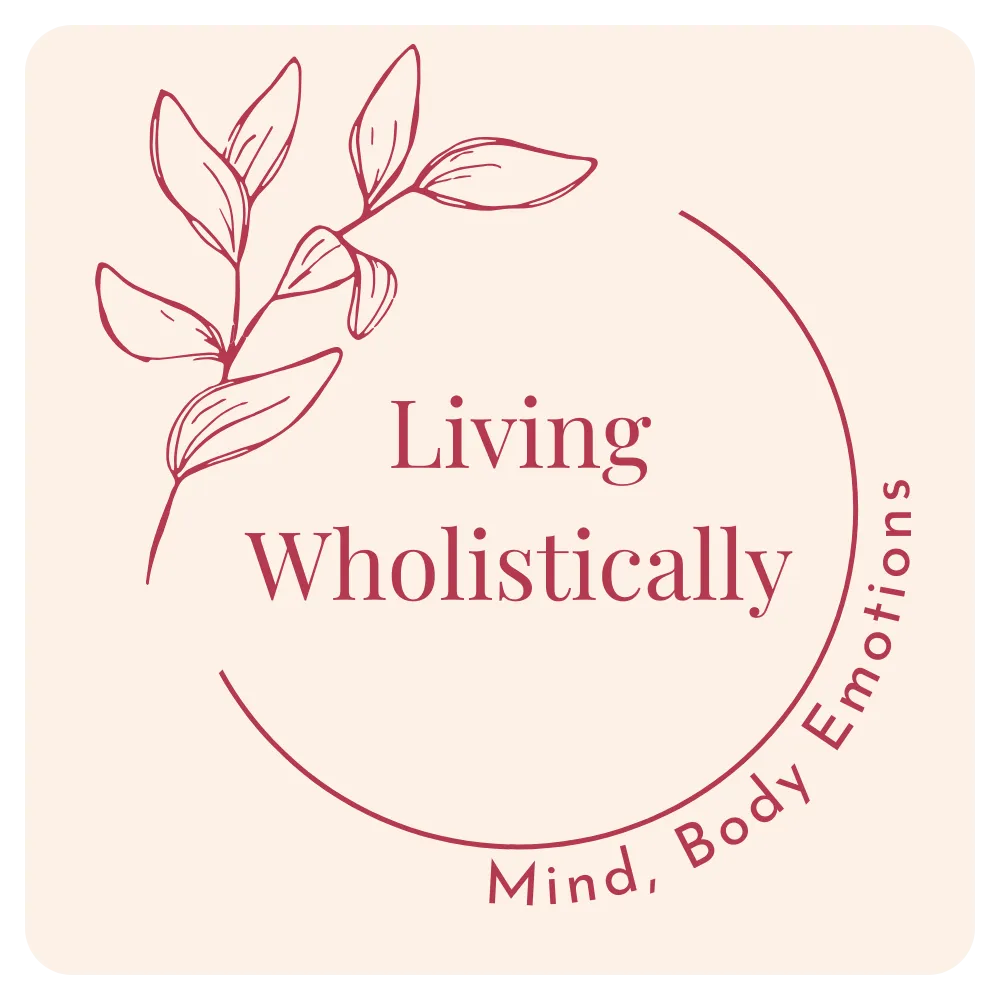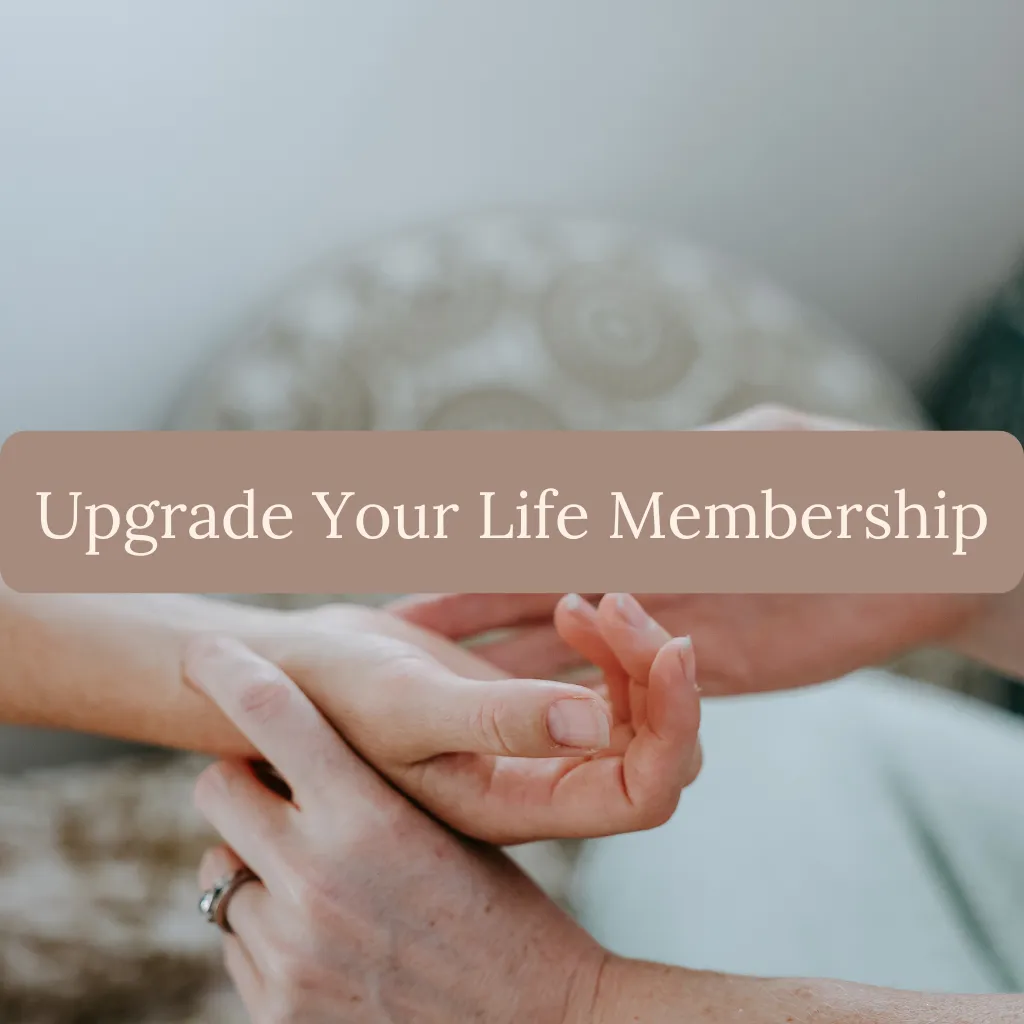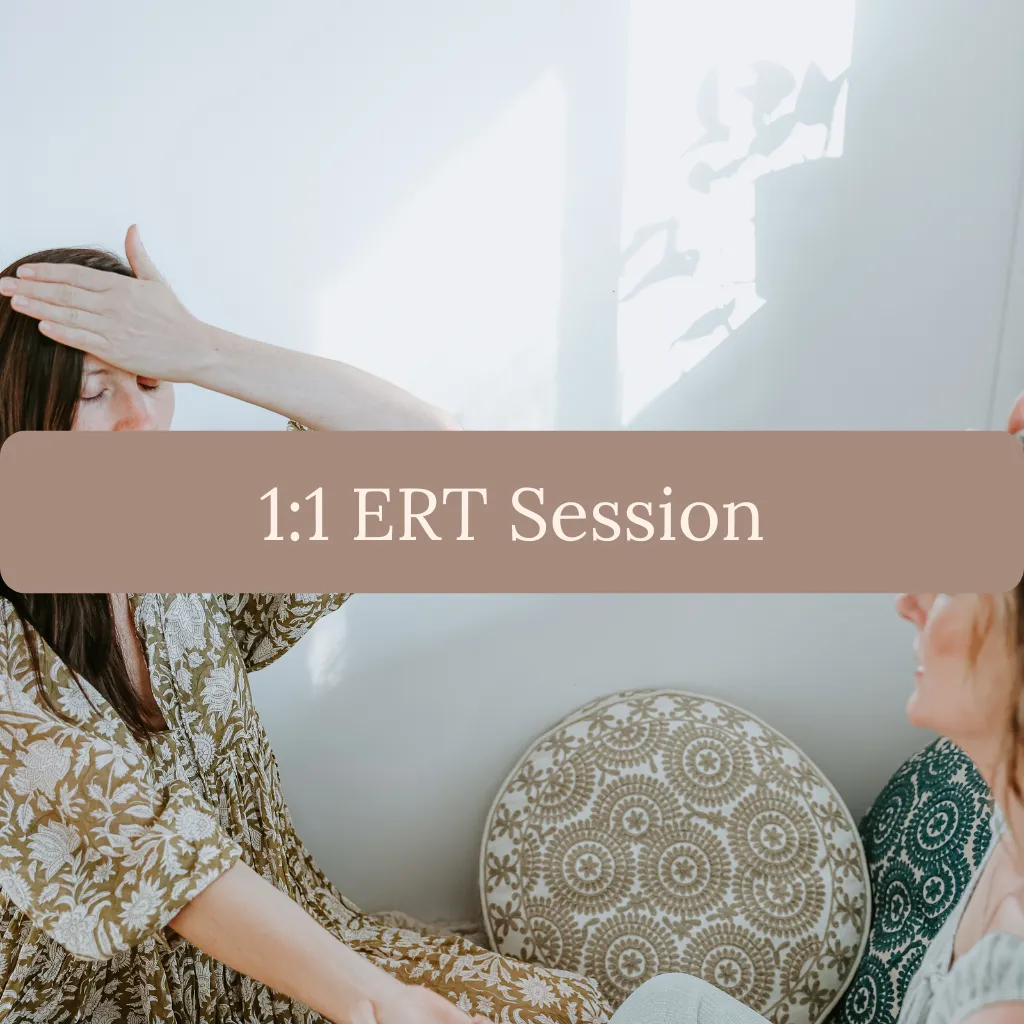What is Emotion Release Technique (ERT) and How Can It Support Your Healing?
Originally published: 25 October 2023. Last updated: 5 June 2025.
Have you ever felt like certain emotions just linger in your body—showing up in your thoughts, behaviours, or even your physical symptoms? Emotion Release Technique (ERT) is a powerful tool that gently helps you release what’s stuck, regulate your nervous system, and feel more at home in your body.
I discovered ERT back in 2017 after the traumatic birth of my first child left me feeling disconnected and overwhelmed. I had already been exploring nutrition, naturopathy and natural health for years, but nothing supported my emotional healing quite like this did. Since becoming certified in ERT in 2020, I’ve supported hundreds of women to release emotional blocks and experience deep shifts—without needing to talk through the details or relive past pain.
Let me explain how it works and why it’s such an essential part of the healing process.

What is ERT?
Emotion Release Technique (ERT) is a therapeutic process created by an Australian naturopath (Karlie McKeand) that works by identifying and clearing trapped emotions from the nervous system. These emotions—often stored in the body’s energetic and physical systems—can cause stress responses that affect your health, your behaviour, and your sense of self.
ERT uses:
Muscle testing to communicate with your Autonomic Nervous System
Chinese medicine meridian points to pinpoint where the emotion is stuck
EFT tapping points to help release the emotion
Final checks to ensure your nervous system is regulated before the session ends
How ERT Works
Emotion Release Technique works by gently guiding you to uncover and release emotional patterns that are stored in your nervous system. I use muscle testing to connect with your Autonomic Nervous System—the part of your body that quietly runs everything behind the scenes—and identify if any stuck emotions are creating stress responses. Once we find an emotion, I reference the meridian system from Chinese medicine to pinpoint exactly where it's being held. Then, using a combination of gentle holds or EFT-style tapping on specific points, along with your intention for healing, we begin the release process. I always check to make sure the emotion has cleared so you finish each session feeling more at ease, spacious, and calm. It’s a beautiful, body-led process that doesn’t require you to talk through past events—just a willingness to be present and supported while your body lets go of what it no longer needs to hold. The process looks like this:
Muscle Testing
Your nervous system knows exactly what’s going on in your body. Through gentle muscle testing, we can find out whether a certain stimulus is causing a stress response.Locating the Emotion
Using Chinese medicine pulse points and a chart of emotional frequencies, we identify exactly which emotion is stuck and where it’s being held.Clearing the Emotion
You’ll be guided to hold specific body points and to think on the emotion while staying present with any thoughts and memories or body sensations coming up. This supports the emotional release on a subconscious level.Rechecking for Release
We confirm that the emotion has cleared so you leave the session feeling lighter, grounded, and more at ease.

Why Do Emotions Get Stuck?
Stuck emotions often relate to everyday things—beliefs, activities, people, places—that your nervous system now sees as a threat. For example, if you have unresolved stress around parenting, just hearing your child cry might trigger a big internal reaction. Over time, these stress responses can show up as:
Fatigue or burnout
Chronic tension or pain
Anxiety or shutdown
Self-sabotage
Hormonal imbalances
Digestive issues
Difficulty sleeping
What Can ERT Help With?
Emotional healing without needing to rehash the past or intellectually/consciously know what is going on
Reducing stress and improving emotional regulation and relaxation
Healing physical symptoms linked to emotional blocks
Increasing self-awareness and clarity, leading to personal growth, self-acceptance, and a greater sense of empowerment.
Improving relationships through greater calm and connection
Reclaiming your vitality and building nervous system safety
ERT vs Mindset Work (i.e Subconscious vs Conscious Healing)
Mindset work is powerful—it helps you create awareness, challenge limiting beliefs, and reframe your thinking. But sometimes, no matter how many times you tell yourself “I’m safe,” or “I’m worthy,” or connect patterns you see in your life to old trauma or beliefs, something deeper still holds you back.
That “something deeper” often lives in the subconscious.
Your subconscious stores the emotional imprints and protective patterns you developed in earlier experiences—especially the ones that felt overwhelming or unsafe. These imprints don’t respond to logic or affirmation. They live in your nervous system, and they show up as resistance, shutdown, self-sabotage, or looping thoughts and behaviours that don’t make sense to your conscious mind.
This is where ERT comes in.
Mindset work speaks to your conscious awareness.
ERT speaks directly to your nervous system and subconscious.
They complement each other beautifully. When we use ERT to clear what’s stored in the body, mindset work becomes more effective and sustainable—because your body is no longer fighting the change you're trying to create.
This is why so many of my clients say things like:
“I knew that thought wasn’t true, but I couldn’t shake it… until we cleared it with ERT.”
If you’ve done all the journaling, affirmations and self-talk, but still feel stuck—your body might be holding onto something your mind alone can’t shift. And that’s okay. That’s what ERT is for.

Before we finish up, I wanted to touch on some common question I get from people first learning about ERT:
Do I Need to Talk About My Emotions?
Not at all. One of the most beautiful things about ERT is that we don’t need to talk through the emotion for it to clear. This makes it ideal for clients with trauma, PTSD, or those who simply find it hard to express what they’re feeling. I have even done entire sessions in silence without knowing what my client worked on and they have told me it was even more powerful than the sessions they've done with us talking!
Do the Emotions Stay Cleared?
Yes. Once a stuck emotion is cleared, that specific layer is permanently resolved. However, just like peeling an onion, you may notice new layers surfacing over time. That’s normal—and each release brings you closer to your most authentic, aligned self.
Do I Need to Be Feeling Stressed for ERT to Help?
You don’t need to be in crisis for ERT to be beneficial. Often, clients tell me, “I didn’t even realise how much I was holding until it cleared.” Your body is incredibly wise, and ERT helps it offload the emotional stress that’s been quietly bubbling beneath the surface.
How Often Should I Book ERT Sessions?
I usually recommend starting with 3–6 sessions spaced 1–2 weeks apart. As old patterns are cleared, new ones may arise. After this initial phase, many clients choose to come monthly for ongoing support or book in whenever they feel the need for a reset. Some clients realise how beneficial consistent clearing is and join my weekly group membership to keep the layers peeling back and watch the outdated beliefs, habits and patterns melt away.
Ready to Experience Emotional Freedom?
Emotion Release Technique can shift long-held patterns, clear emotional baggage, and support deep, lasting transformation. It’s not just about feeling better—it’s about coming home to your body, your intuition, and your wholeness.
If you're curious to explore this work, I offer:
Upgrade Your Life with ERT membership for weekly group sessions and community support
I'd love to support you.




